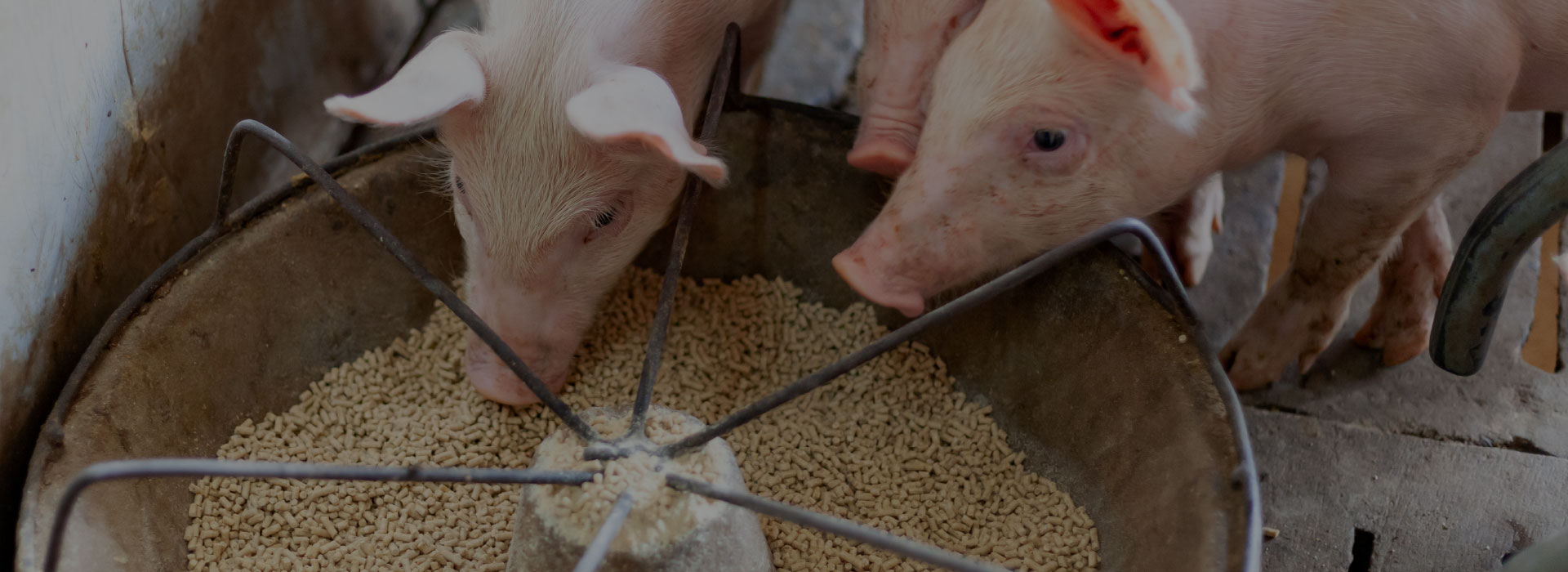
Antibiotic Free Production of Pork
Terry Coffey, PhD, Parkway Advisors, LLC (USA)
United States (US) – 2014: livestock producers began to accelerate the shift toward antibiotic-free production.
Swine industry: there have been changes in regulations that have:

Eliminated using antibiotics for growth promotion that are important to human health.

Increased veterinary oversight.
Factors that have influenced
01. Resistant organisms
Use of antibiotics in food animal production could:
- Lead to the development of resistant organisms.
- Diminish the usefulness of important antibiotics to treat disease, particularly for human health.
From human health/regulatory perspective: the US, Canada, European Union, and other countries have eliminated the use of antibiotics for swine growth promotion.
02. Antibiotic residues in the meat
Due to the improper use of antibiotics in food animal production.
To residue avoidance:
- Increased regulatory requirements.
- Producer educations.
- FDA inspections.
03. Consumer
Some prefer meat raised without antibiotics (RWA).
Last 5 years: food service and retailers have engaged producer organizations, producers, veterinarians, and other experts refine their policy positions on antibiotic use.
Differences between poultry and swine
The poultry industry was able to more rapidly shift to RWA production because:
- The life cycle is much shorter.
- The health and biosecurity advantages of hatcheries.

For swine production, the policies address topics such as:
- Management of antibiotic use.
- Restrictions on the use of certain antibiotics.
- Use reduction targets

Healthy animals are more efficient, require fewer resources and, therefore, have a reduced environmental impact.
What does the future hold for RWA production of pork?
These systems require:
- High health status farms isolated from others.
- Modifications of feed additives use.
- Changes in: wean age, housing and the feeding regime.
RWA programs struggle to be economically sustainable due to the inability to extract enough price premium to cover the added cost of production.
In the author’s experience, the added cost of RWA production versus conventional production is elevated more by additional feed ingredient and production restrictions than animal performance impacts.
Some ways to think about how to produce RWA product more efficiently
01. Eliminate some of the production requirements that add significant cost but have nothing to do with antibiotic use.
02. Find ways to extract more value from RWA pork. For example: conversion of fresh pork to further processed packaged products, especially for the lower value cuts like ham.
03. Producers and animal health experts will need to work together to develop production systems that:
- Provide improved biosecurity.
- Support better animal health.
- Result in RWA production at a competitive cost.

